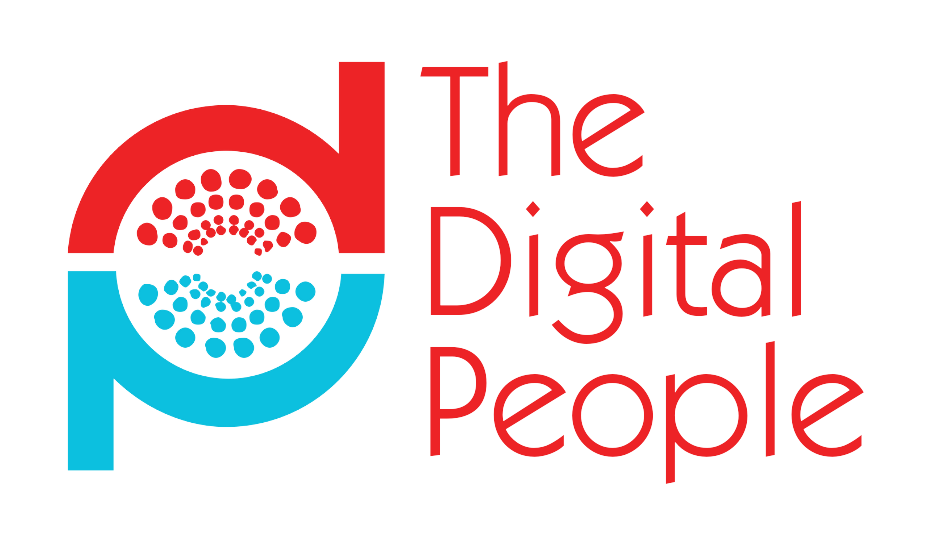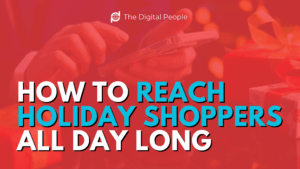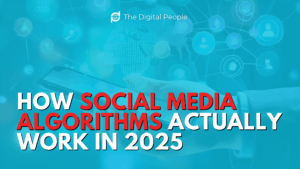Social media algorithms decide what we see, when we see it, and why we engage. In 2025, these algorithms are powered by AI-driven personalization, designed to reward relevance, retention, and authentic interaction. Whether you’re a small business or a content creator, understanding how each platform ranks and recommends content is key to growing visibility and engagement.
At The Digital People, we help businesses master the platforms that matter. Here’s how to make the major social media algorithms, Instagram, Facebook, TikTok, and YouTube, work for you instead of against you.
Instagram: The Connection Algorithm
Instagram is no longer just about who you follow, it’s about how you engage. The platform classifies every user and creator based on their niche, activity, and behavior, then decides who to show your content to.
How Instagram’s Algorithm Works:
- It studies your content type, captions, and keywords to understand your niche.
- It prioritizes posts that get engagement in the first hour (comments, saves, and shares).
- It pushes your content beyond followers when non-followers watch past the first 3 seconds—a sign that your hook worked.
- Instagram also rewards consistency and niche clarity. The more you post within your focus area, the easier it is for Instagram to recommend you to similar audiences.
Pro Tips:
- Use strong hooks in your Reels (“I haven’t told this story…” or “You won’t believe what happened…”).
- Add subtitles; 80% of users watch without sound.
- Keep your bio searchable with keywords that match your niche.
- Use Link Reels to tie together video series for more longevity.
- Experiment with Trial Reels (if eligible) to test how your content performs with new audiences.
Bottom line: Instagram favors clarity, consistency, and curiosity. Post for the followers you want, not just the ones you already have.
Facebook: The Relationship Algorithm
Facebook’s algorithm prioritizes meaningful interactions that keep users on the platform. It’s designed to highlight conversations, not just content.
How It Works:
- Comments, shares, and saves outweigh likes.
- Native videos and carousels outperform external links.
- The more someone interacts with you, the more they’ll see your posts.
- Facebook Groups and Live content get higher organic visibility.
Smart Strategy:
- Ask open-ended questions that spark discussion.
- Reply to comments within 24 hours to boost engagement signals.
- Post videos directly to Facebook (not links to YouTube).
- Maintain an active community space via Facebook Groups.
Bottom line: Build relationships, not just reach. Facebook rewards content that keeps the conversation alive.
TikTok: The Discovery Algorithm
TikTok’s algorithm is pure discovery, it doesn’t care who you are; it cares how your content performs. Even small accounts can go viral if they grab attention early.
How It Works:
- TikTok measures retention; if users watch past 3 seconds, it promotes your video.
- Engagement (rewatches, likes, comments, shares) expands your reach.
- Niche hashtags help TikTok learn what your content is about, but your hook and engagement rate matter most.
- TikTok values experimentation: posting more often gives the algorithm more data to work with.
Tips to Boost TikTok Performance:
- Focus on curiosity-based hooks (“You’re doing this wrong…” or “Here’s what nobody tells you…”).
- Keep videos short and loopable for higher retention.
- Engage with trends early but always connect them to your brand message.
- Use on-screen text for accessibility and context.
Bottom line: Attention is everything on TikTok; win the first 3 seconds, and you can win the feed.
YouTube: The Watch-Time Algorithm
YouTube is both a social platform and a search engine, powered by Google. Its algorithm prioritizes videos that keep viewers watching and clicking for longer periods.
How It Works:
- Prioritizes watch time and audience retention over views.
- Titles and descriptions act like SEO; YouTube scans keywords to decide where to recommend your content.
- Consistent upload schedules help with ranking and subscriber growth.
- Engagement (likes, comments, watch sessions) tells YouTube your video is valuable.
Optimization Tips:
- Use keyword-rich titles that answer questions (“How to…” or “Top 3…”).
- Hook viewers in the first 10 seconds, no long intros.
- Organize your content into series or playlists to increase session time.
- Add local keywords if you serve a geographic audience.
Bottom line: Think of YouTube as a long-term content investment. The more valuable your content, the more AI will recommend it—to viewers and even other platforms.
AI + Social Media: Why It All Connects
In 2025, social media and AI are inseparable. Platforms like TikTok and Instagram use AI to classify and recommend content based on user intent, not just behavior. YouTube and Facebook use AI to personalize recommendations and refine ad targeting in real time.
Creating authentic, engaging, and searchable content doesn’t just help on social—it helps you appear in AI-powered search results too.

Final Takeaway
Every algorithm rewards three things: clarity, consistency, and connection. If your content helps, entertains, or informs, you’re already aligned with what these platforms want. At The Digital People, we help small businesses in Monroe, LA and beyond create algorithm-smart content that reaches the right audience and drives real results.
Schedule your free consultation today and let’s make your content work smarter across every platform.
Ready to learn more? Read our recent blog, “Why Local Businesses Should Be Using Youtube for Marketing.”




